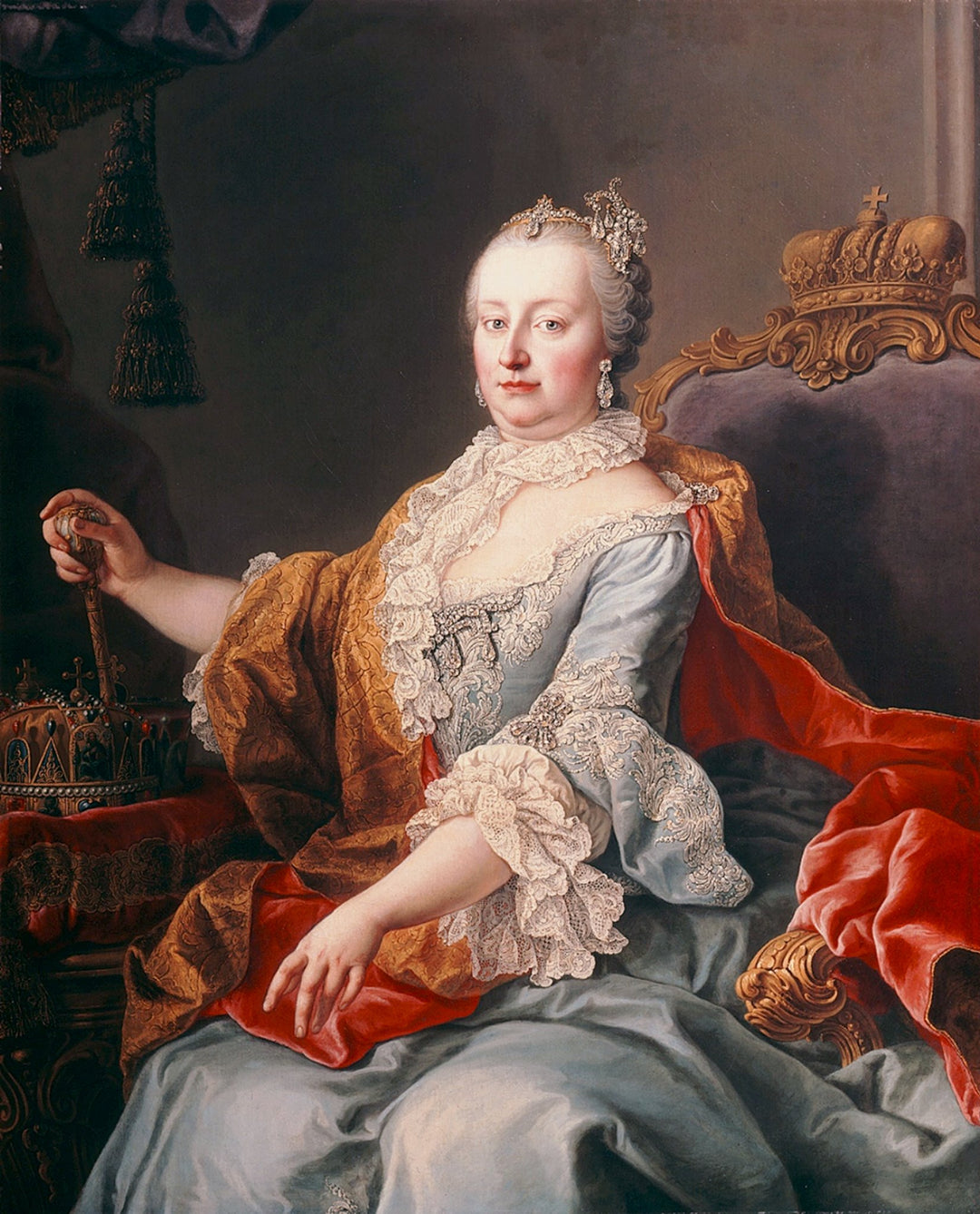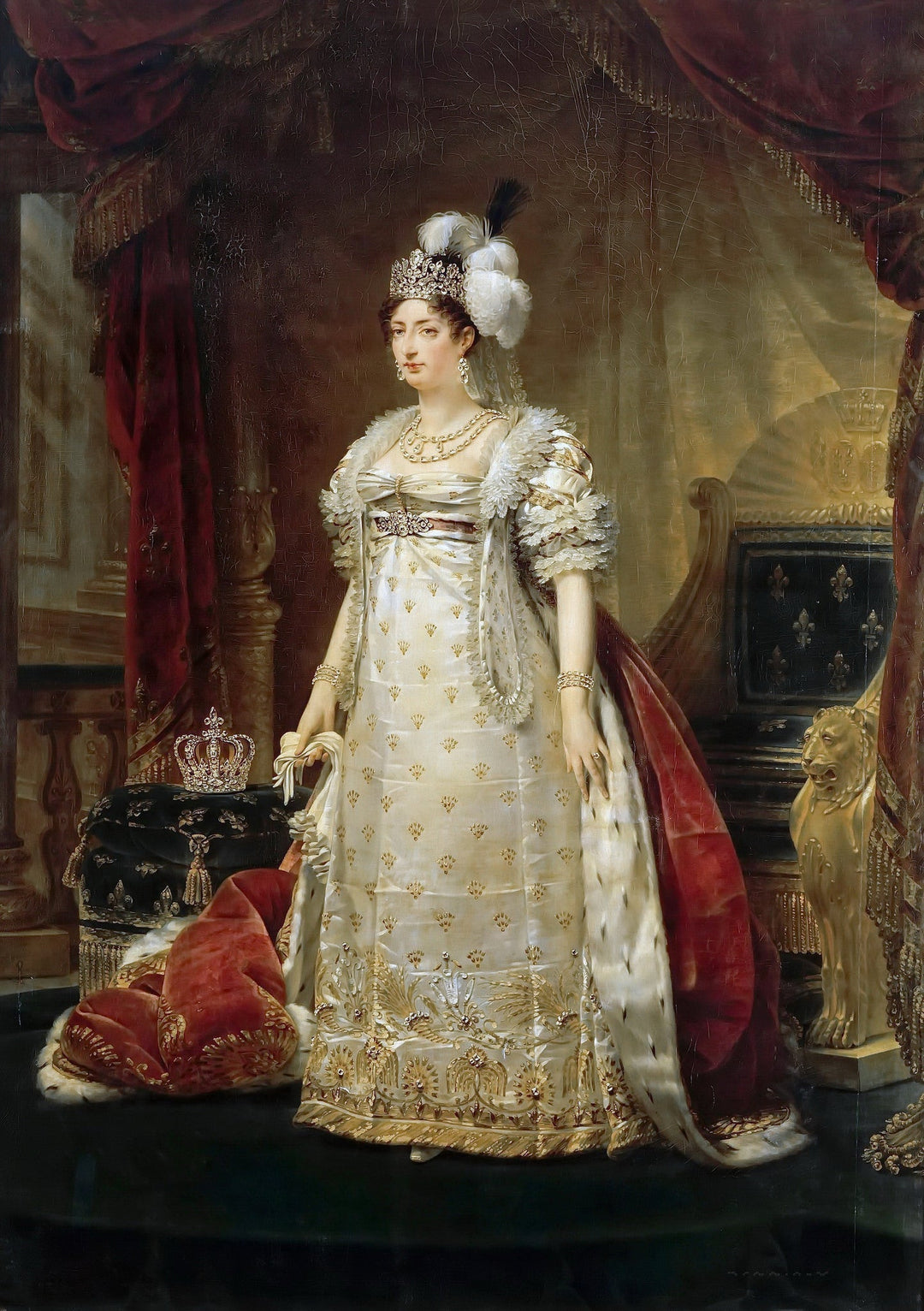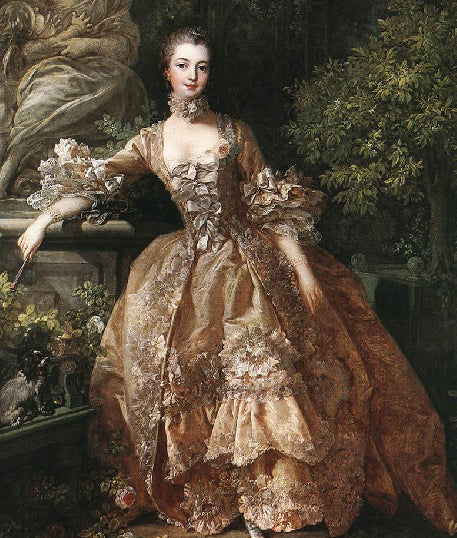Marie Antoinette and The French Revolution
Despite her initial popularity, Marie Antoinette's image began to deteriorate as the French Revolution gained momentum. The people saw her as a foreign influence and blamed her for many of France's woes, often calling her "Madame Déficit" due to her extravagant spending while the country faced financial turmoil. These perceptions were fueled by her lavish lifestyle and contributions to the court's longstanding culture of luxury.
During the Revolution, she played a significant political role between 1789 and 1791. She had complex relationships with key actors of the Revolution, trying desperately to preserve the monarchy. Her actions, however, often backfired, embroiling the royal family in scandals and intrigues that further eroded public trust.
As revolutionary fervor peaked, Marie Antoinette's situation became increasingly dire. In a desperate attempt to rally international support, she engaged in secret correspondences with foreign monarchies. Unfortunately, these efforts only worsened her standing with the revolutionaries, who viewed them as acts of treason.
Ultimately, Marie Antoinette's perceived disconnection from the people's struggles and her attempts to undermine the revolution led to her arrest. In 1793, she was tried by the Revolutionary Tribunal, found guilty of high treason, and executed by guillotine. Her death marked a symbolic end to the lavish era of the French monarchy, forever cementing her place in history as a figure who mirrored both the splendor and downfall of the ancien régime.
During her trial, Marie Antoinette faced a multitude of accusations. The Revolutionary Tribunal charged her with a litany of crimes, including orchestrating treasonous activities and depleting the national treasury. One particularly inflammatory claim was her alleged incestuous relationship with her son, a charge she vehemently denied, stirring a moment of sympathy even among her staunchest adversaries.
Her defense was hastily assembled, as she was given less than one day to prepare. Despite the flimsy evidence and the lack of time for a comprehensive defense, the outcome seemed preordained in a climate rife with anti-monarchist sentiment. On October 16, 1793, she was escorted to the Place de la Révolution. Clad in a simple white dress, her once-iconic powdered hair now shorn, she maintained her composure as she ascended the steps to the guillotine.
Marie Antoinette’s execution was a watershed moment in the French Revolution. It signaled the irrevocable toppling of the old order and became a powerful symbol of the people's struggle against the perceived tyranny of the monarchy. While her life and death were mired in controversy and misperception, her story continues to captivate historians and the public alike, serving as a stark reminder of the tumultuous era that reshaped France and its future.









Leave a comment